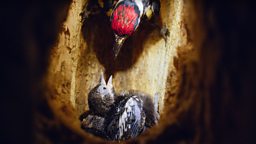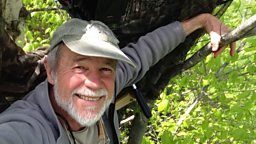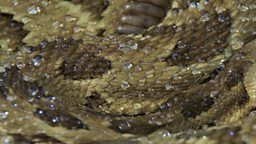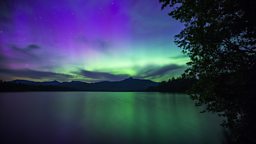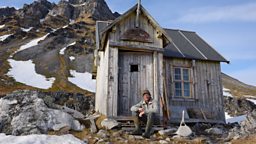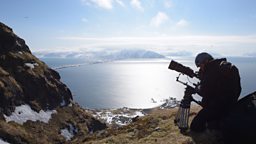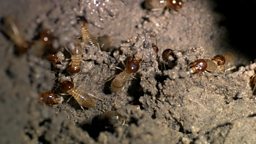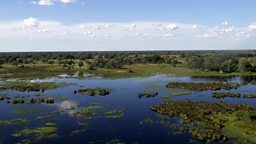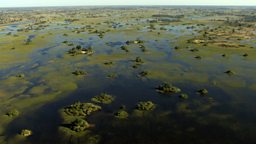Filming inside a sapsucker nest
Michael Male, camera operator
Sapsuckers are woodpeckers that specialize in drilling wells into the bark of living trees to feast on the sap that flows out, and snatch the insects that the sweet sap attracts.
For Earth’s Greatest Spectacles, producer Paul Williams wanted to see the Sapsuckers working away at multiple sets of wells, digging a nest cavity in a tree, and feeding their young nestled inside the trunk -all in big close ups. To make the logistics of filming easier, we hoped to find sapsuckers nesting and making wells close to the ground.
Garth McElroy, a nature photographer specializing in birds, led us to a pair of sapsuckers nesting in the forest near his house in Maine. The birds were already used to his presence with a camera. Another big plus was that the nest tree was just 100 metres from Garth's home so, with the help of an extension cable, we could power the camera and lights for the long days of filming that the sequence required. The Sapsuckers also had several low feeding spots and just a short section of scaffolding was needed to get me eye level with the sap wells. The birds were unafraid of me near their wells. I could even film in the open, without a hide, just a few feet from them, as close as my lens would focus!
We were careful to not disturb the birds at their nest. When they took a break from digging their nest hole, Garth and I quickly built a small platform round the back of the beech tree. With the camera mounted on a branch I could stand there, partially hidden by the trunk but with a full view of the activity.
We waited a few weeks until they were feeding young. While the parents were away gathering food, we hoisted and strapped a small platform to the nest tree. Over a period of several days we moved closer in stages, each time giving the pair a chance to get use to us as familiar, boring and non-dangerous. Ultimately they became so used to my presence, filming, that they would come and go from the nest, feeding the young inside, even if I sat in full view just behind the trunk from the nest hole only a few inches away. Although, when it came to actual filming I did use a small hide.
Taking advantage of the adults’ frequent trips to the wells, we quickly snaked an endoscopic viewer into the nest hole. There were four frisky chicks inside! With carefully drilled holes we threaded fiber optic lights and the camera lens into the nest chamber. Finally, a couple of months after we started work on the sequence, we could see and film inside the nest!
The sculpted cavity with its chiselled walls was beautiful. It was perfectly sized and shaped. The parents could climb down headfirst using their feet braced on the walls, pop gobs of sap covered insects into waiting beaks, and still have enough room to turn around and go back up. With so many big voracious chicks there wasn’t space for them both to be in there though. Sometimes one would have to wait outside with full beak.
What amazed me the most about the Sapsuckers was how hard they worked. From first light to last light they were busy commuting between sap well trees and the nest, gathering food and feeding. At the end of a day they often had a frazzled look!

Ruby throated hummingbird vs. yellow bellied sapsucker
贬耻尘尘颈苍驳产颈谤诲蝉鈥卶耻颈肠办濒测鈥卍谤补颈苍鈥卆鈥却补辫蝉耻肠办别谤鈥厀别濒濒鈥卍谤测.
